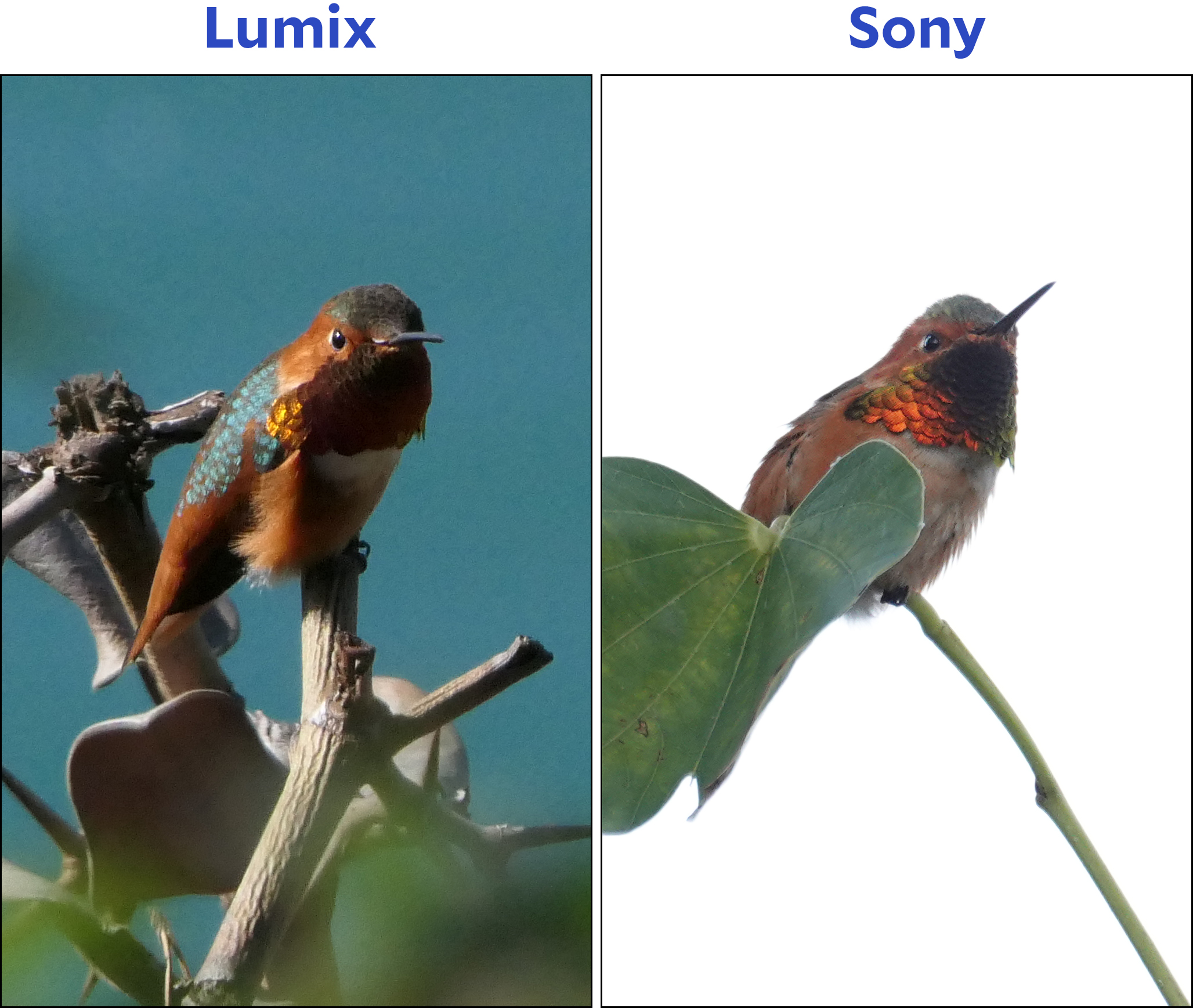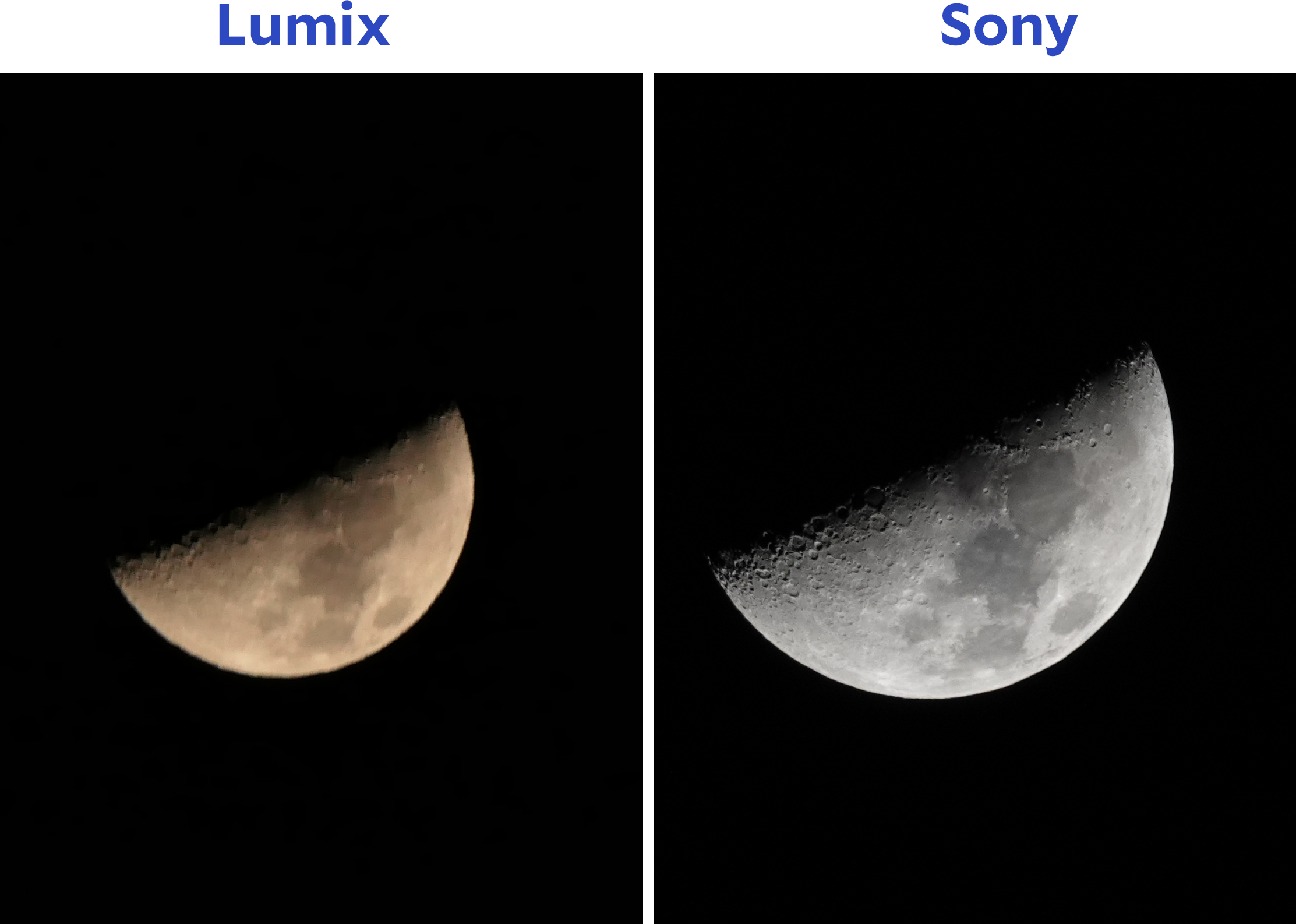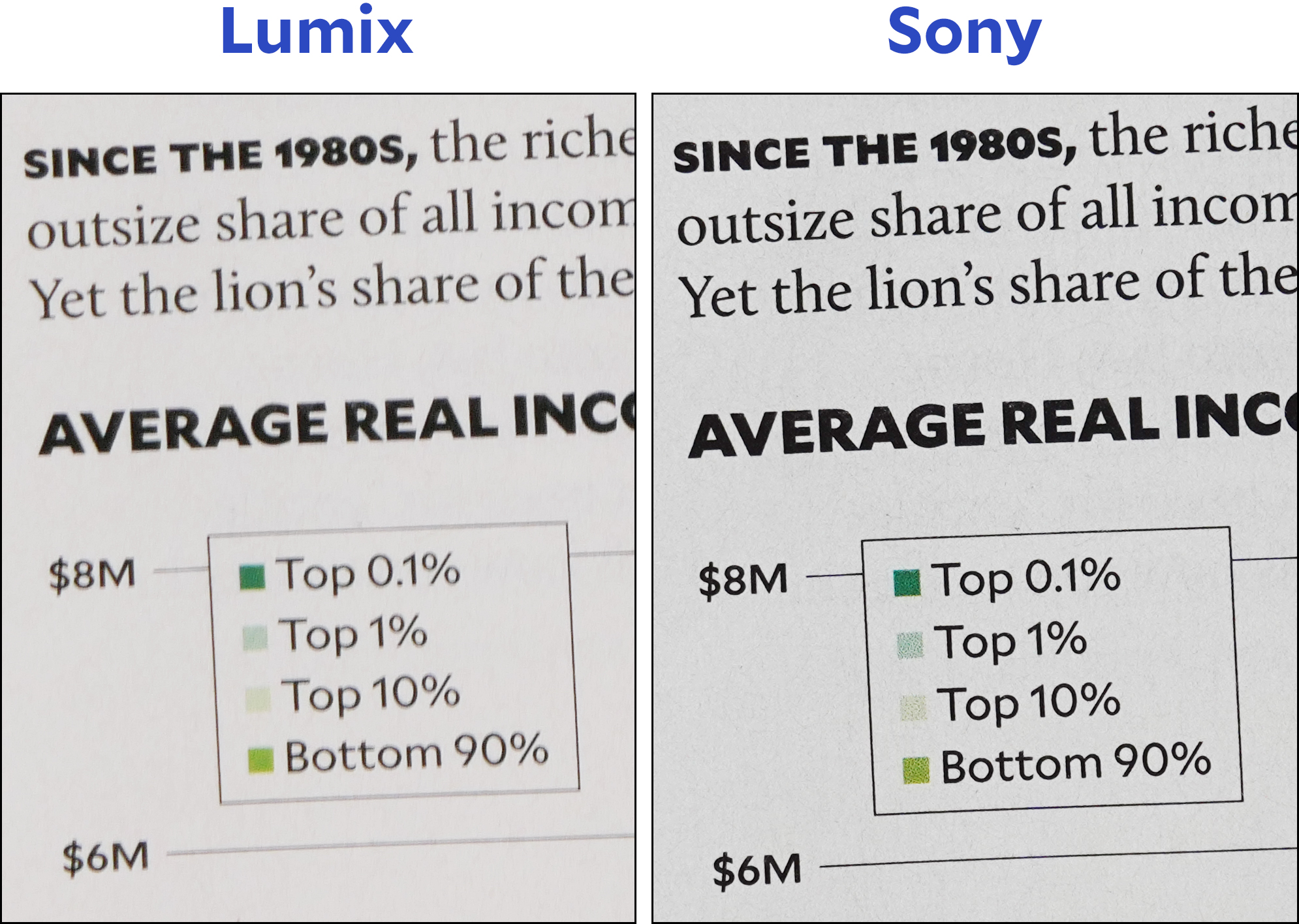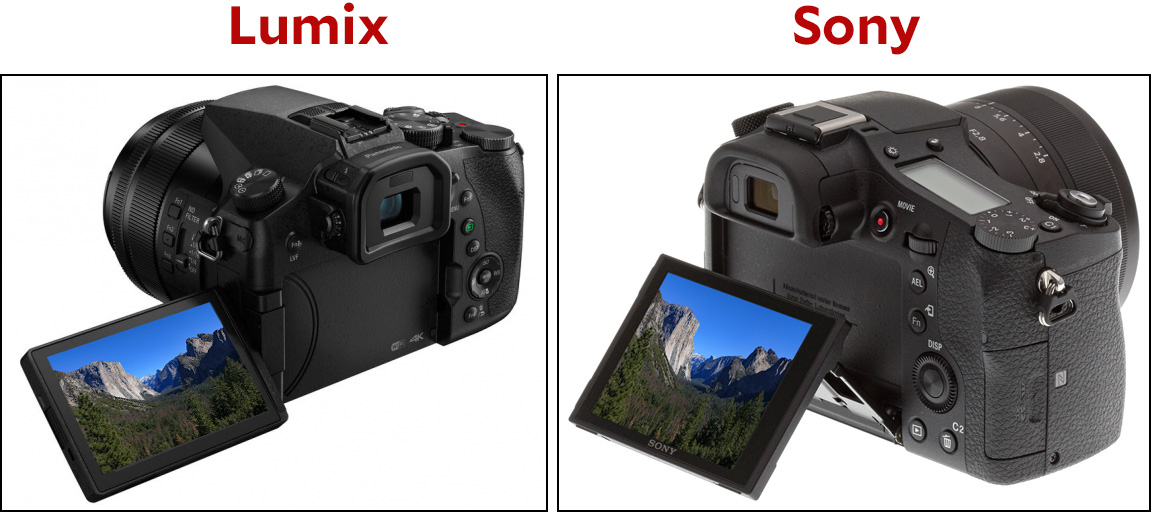I got a new camera this week. But why? Don’t I love my Lumix?
I do, but when I got it I was already squeezing my budget pretty hard for something I wasn’t even sure I’d use that much. It’s now obvious that I am using it a lot, and the Lumix does have a couple of drawbacks. First, the lens is mediocre. Second, the autofocus is not always great, especially on moving objects.
What to do? I considered going the DSLR route, but once again decided not to. I’ve spent a lot of years trudging around with a heavy camera bag full of lenses, and I’m just not up to it again—either physically or financially—especially considering the quality of mirrorless cameras these days. So once again I opted for a fixed lens camera with a 1″ sensor: light, easy to haul around, good for just about any kind of picture, and fairly high quality. Last year, I considered but rejected the Sony RX10 III as too expensive to beat out the Lumix. This year, however, the RX10 IV (yes, they number them like Super Bowls) was an easy winner. It’s always had a better lens than the Lumix, especially at long focal lengths, and the IV model also incorporates phase-detect autofocus like that used in DSLRs, which is faster and more accurate than contrast-detect.
So how is it? First things first. Here’s the traditional first shot from a new camera:

Not bad for just pointing and shooting in low light at a slow shutter speed as soon as I got it out of the box. But how good is the lens? The reviews I read made it sound pretty stunning, but I’m more interested in knowing how well it works in real life. On the first morning I went out, I happened to see a hummingbird sitting on a branch quite a ways away. Normally I wouldn’t bother with something so distant, but what the heck. I snapped off a few quick exposures. Here’s a comparison with a similar picture I took a few weeks ago with the Lumix. Both are cropped full-frame shots. Your browser will reduce them, and you might not even see a difference if you don’t have a 4K monitor or a high-res tablet. But you can right-click to see them full-size:

The Sony looks surprisingly good, especially since the bird was farther away than it was in the Lumix shot. Still, it’s hard to draw any firm conclusions. Then I remembered that it was shots of the moon that first disappointed me with the Lumix. So I went outside and took pictures of the moon with both cameras:

The Sony is stunningly better—and it doesn’t have the color tint of the Lumix. The moon is also a little bigger, since the Sony lens reaches to 600mm compared to the Lumix’s 480mm. The odd thing, though, is that the Lumix shot looks like it’s showing motion blur. And yet, both were shot on a tripod at a shutter speed of 1/640th of a second. Motion blur shouldn’t be an issue. So on Friday afternoon I tried old faithful: a comparison shot of a page in a magazine. Both pictures were shot at the same exposure; both at the same focal length; both on a tripod; both with the electronic shutter; both at a shutter speed of 1/2500th of a second; and both were triggered remotely. All this was to eliminate even a hint of vibration. Here they are:

The Sony is fantastically better. It’s sharp as a pin, while the Lumix is fuzzy and washed out. Note that these are full-frame crops with no Photoshop editing other than some lightening to correct the exposure. The reviews were right about the Sony lens: it’s as good or better than a lot of DSLR name-brand lenses I’ve seen. It’s the real deal—though again, you may need a 4K monitor or a high-res tablet screen to really see the difference.
I haven’t had a chance yet to check out the autofocus. My best bet for that is to see how well the Sony tracks a bird out at the lake, but the birds were all being lazy yesterday. I’ll try again today.
Both the Sony and Lumix have a few minor features the other one doesn’t, and these are mostly a wash. The big drawback of the Sony is its lack of my beloved fully-articulating LCD. It has only a tilt LCD:

Before I went to Yosemite last week, I had made up my mind that the tilt screen was really all I needed. But then I suddenly found myself using the full articulating capabilities of the Lumix LCD. I took a number of shots from angles that would have been difficult with only a tilt screen.
But I took the plunge anyway. Yosemite was a bit of an outlier, and anyway, it often turns out that pictures taken from weird angles don’t really turn out very well anyway. The tilt screen is fine for nearly any purpose, and plenty fine for catblogging, which is what really counts. I’ll report more later, but for now I’m pretty happy based solely on the optical quality of the Sony.













